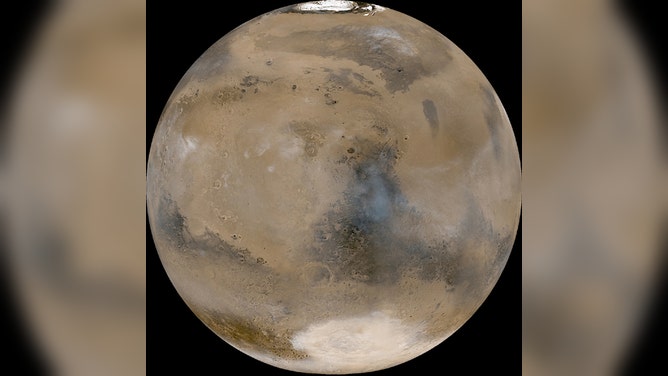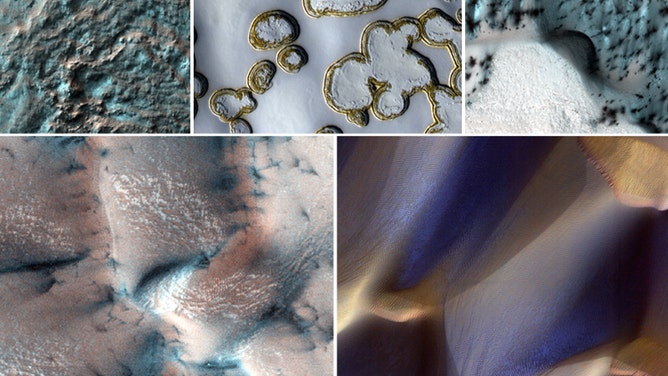It's summertime on Mars right now, but don't be jealous
Thin atmosphere means very cold nights on Mars
How seasons change on Mars
Mars has season just like Earth but this year temperatures have been warmer on the Red Planet.
While most Americans are in the throes of snow from winter storms, about 200 million miles away, it's Summer on Mars.
But before you get jealous of the robots living on Mars, check out the temperatures. In January, in the middle of a Martian Summer in the Northern Hemisphere, the average high is just 17 degrees, and the low is negative 115 degrees.
NASA Jet Propulsion Laboratory ambassador Tony Rice explains that Mars has all four seasons, just like Earth but with wild temperature swings.
"The reason for that huge temperature change is because of the lack of atmosphere there. Mars has some atmosphere, but really only about a couple of percentage of what we have here on Earth," Rice said.
The thin atmosphere doesn't hold in heat overnight. All the warmth radiates out into space until temperatures warm up the planet during the day again.
The four seasons on Mars last much longer because the Martian year is almost twice Earth's.
Rice said it could get as warm as 70 degrees Fahrenheit during the Martian Summer.

A view of Mars taken by the Mars Orbiter Camera in February 2003. (Image: NASA/JPL/Malin Space Science Systems)
(NASA)
According to NASA, the high temperature on Mars Tuesday was negative 4 degrees, warmer than some places in northern Montana.
Fall begins toward the end of February on Mars.
NASA's rovers on Mars send back data nearly every day, acting as the first Martian meteorologists.
It's summer in the Jezero Crater, where the Perseverance rover and Ingenuity helicopter are located. The rover can measure wind speeds, temperature, humidity, and dust particles in the atmosphere.
"The equipment on these rovers is at about eye level if you were standing up, so it's a pretty good indicator of what it would be like, what it would feel like standing on Mars," Rice said.
NASA's Curiosity rover is in the Southern Hemisphere in the Gale Crater, where it's the middle of Winter.

Images captured by NASA's Mars Reconnaissance Orbiter of Winter on Mars. (Image: NASA)
(NASA)
During the winter months on Mars, ice blankets the planet's polar regions, looking a little like snow-capped mountains. However, that ice is carbon dioxide ice or dry ice on Mars. Temperatures can plummet to negative 220 degrees in the Winter.
NASA's Mars Reconnaissance Orbiter is able to capture the changing climate from above, including the dry ice frost.
In the Spring, Mars dust season begins, according to NASA. These dust storms can start in one area and then cover the entire globe.
